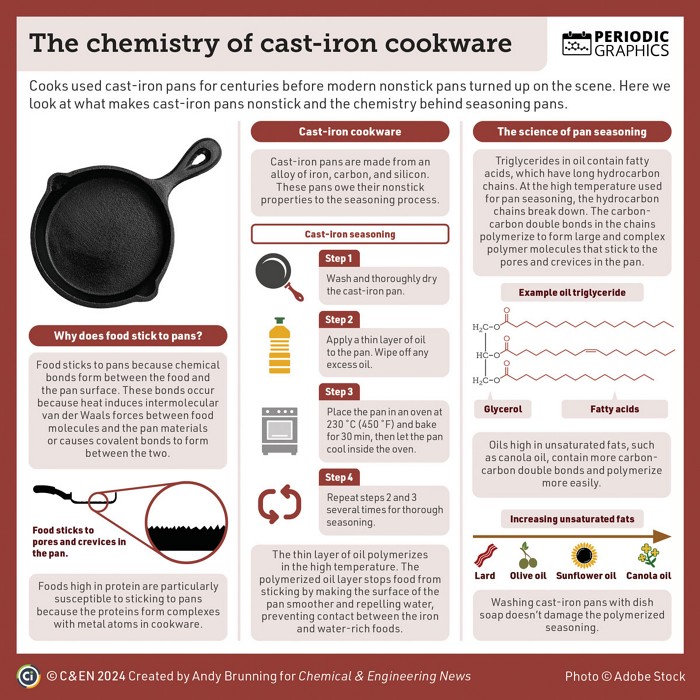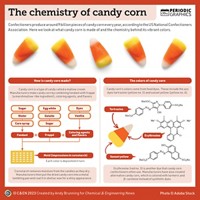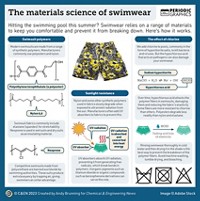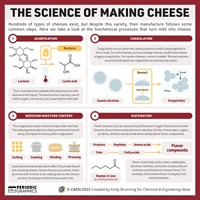Advertisement
Grab your lab coat. Let's get started
Welcome!
Welcome!
Create an account below to get 6 C&EN articles per month, receive newsletters and more - all free.
It seems this is your first time logging in online. Please enter the following information to continue.
As an ACS member you automatically get access to this site. All we need is few more details to create your reading experience.
Not you? Sign in with a different account.
Not you? Sign in with a different account.
ERROR 1
ERROR 1
ERROR 2
ERROR 2
ERROR 2
ERROR 2
ERROR 2
Password and Confirm password must match.
If you have an ACS member number, please enter it here so we can link this account to your membership. (optional)
ERROR 2
ACS values your privacy. By submitting your information, you are gaining access to C&EN and subscribing to our weekly newsletter. We use the information you provide to make your reading experience better, and we will never sell your data to third party members.
Food Science
Periodic Graphics
Periodic Graphics: The chemistry of cast-iron cookware
Chemical educator and Compound Interest blogger Andy Brunning explores how the seasoning process makes cast-iron pans nonstick.
by Andy Brunning, special to C&EN
March 25, 2024
| A version of this story appeared in
Volume 102, Issue 9


Test your knowledge of the chemistry of cast-iron cookware with our quiz.
To download a pdf of this article, visit cenm.ag/castiron.
References used to create this graphic:
Arnold, Dave. “Heavy Metal: The Science of Cast Iron Cooking.” Cooking Issues (blog), Feb. 16, 2010.
Gao, Chenxi, Na Yang, Cunpu Li, Xi Wang, Xun Yu, Ling Zhang, and Zidong Wei. “Seasoning Chinese Cooking Pans: The Nanoscience behind the Kitchen God’s Blessing.” Nano Mater. Sci.(2023). DOI: 10.1016/j.nanoms.2020.06.001.
Royal Society of Chemistry. “Kitchen Chemistry: Why Do Pans Stick?” July 5, 2018.
Zamieroski, Kirk, writer/producer, and Adam Dylewski, executive producer. “Let’s Settle This! How to Care for Cast-Iron.” Reactions, Dec. 5, 2016. Video, 3:20.
A collaboration between C&EN and Andy Brunning, author of the popular graphics blog Compound Interest
To see more of Brunning’s work, go to compoundchem.com. To see all of C&EN’s Periodic Graphics, visit cenm.ag/periodicgraphics.





Join the conversation
Contact the reporter
Submit a Letter to the Editor for publication
Engage with us on Twitter